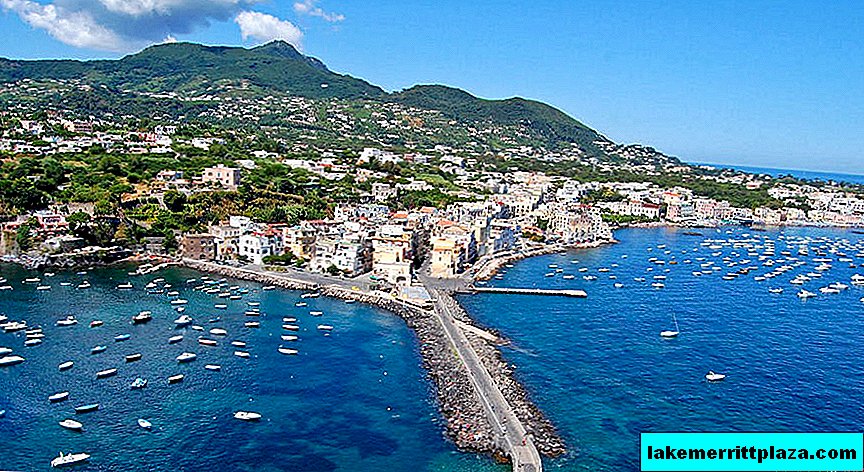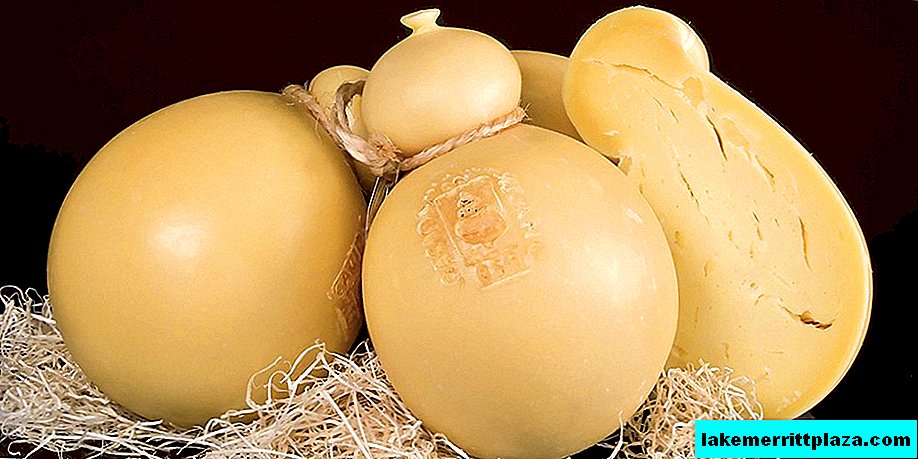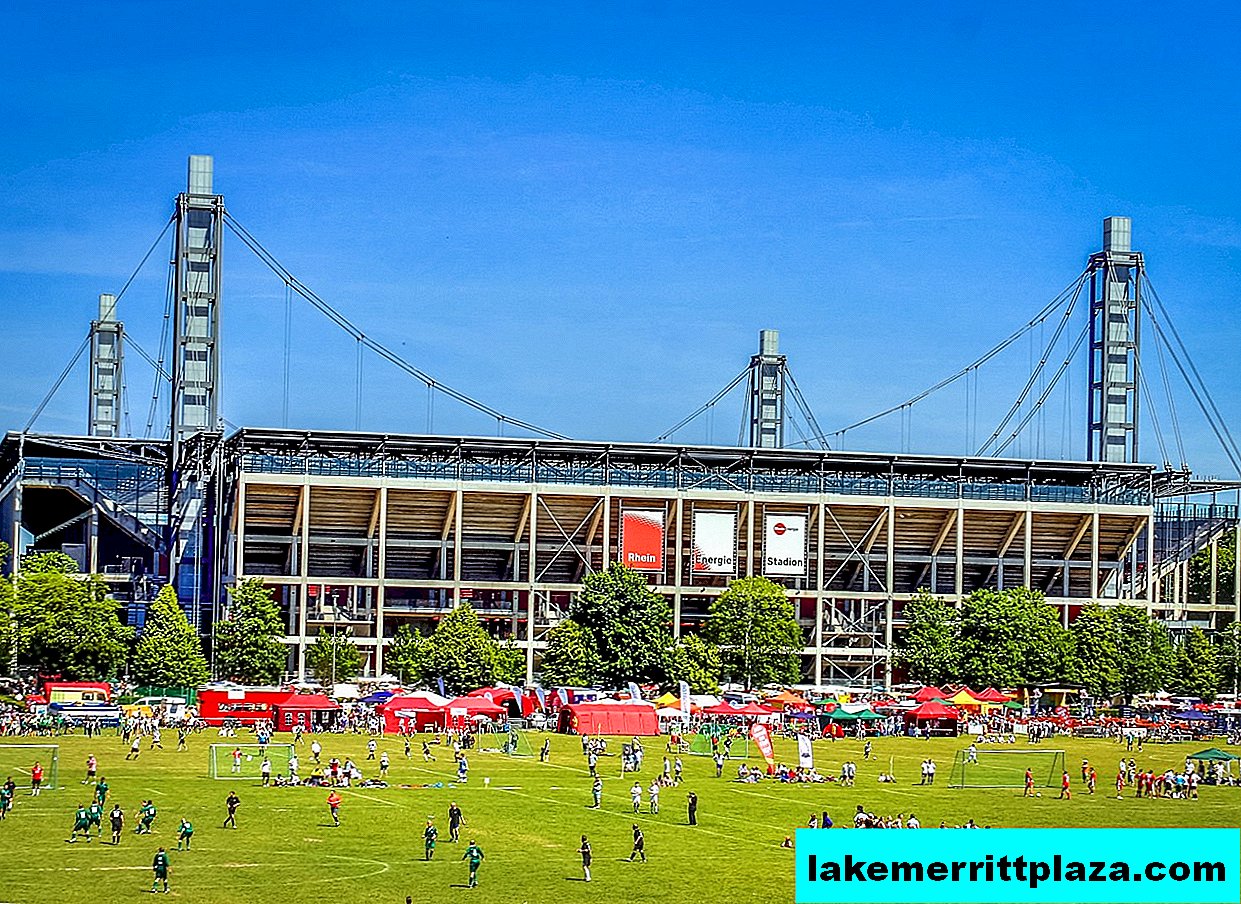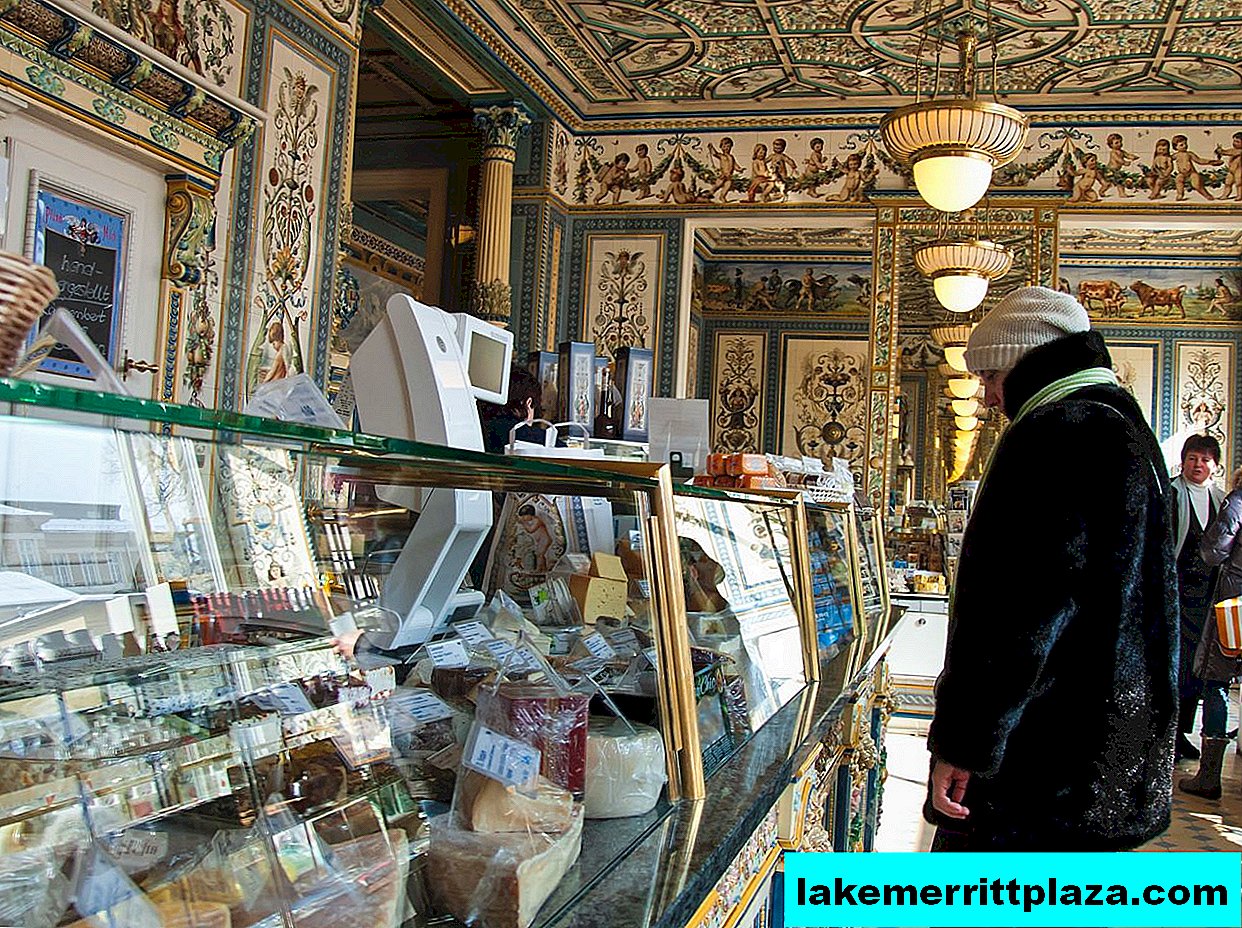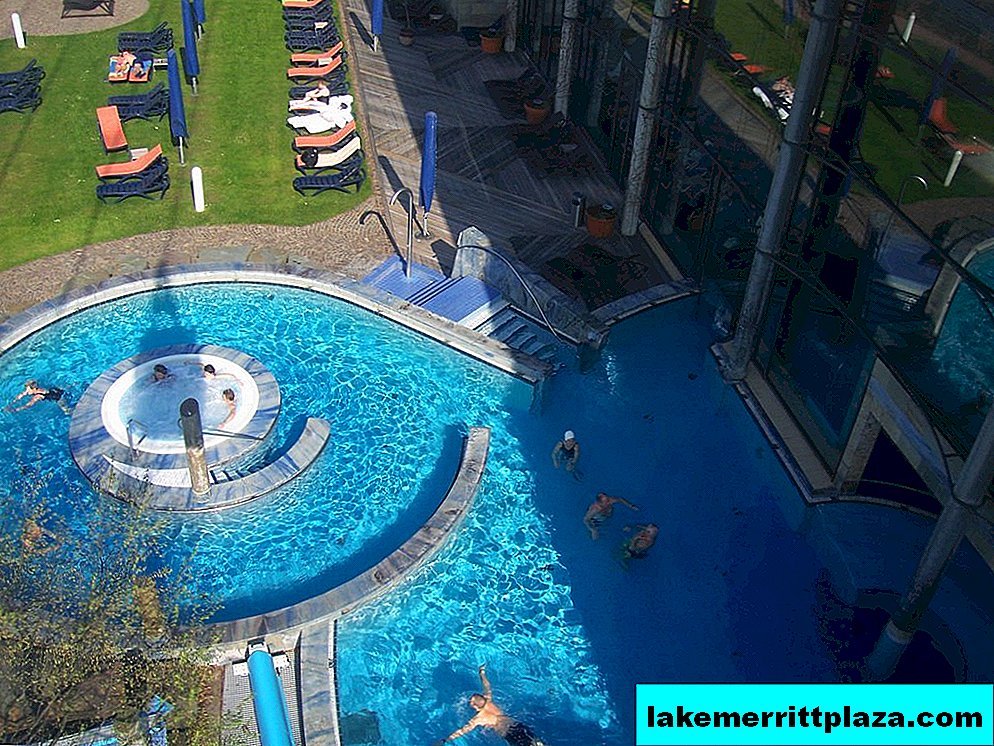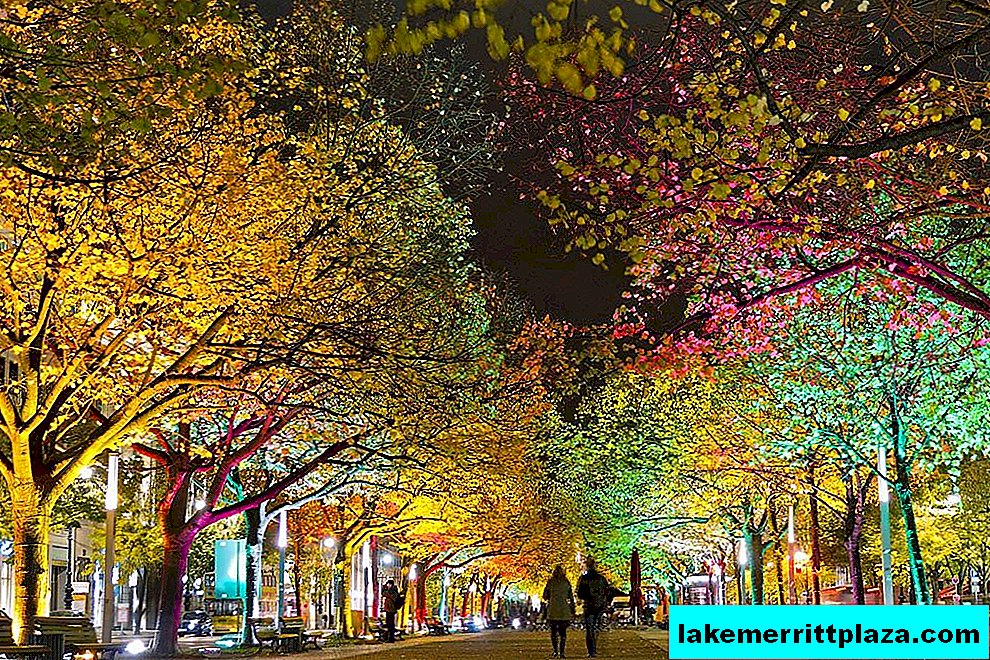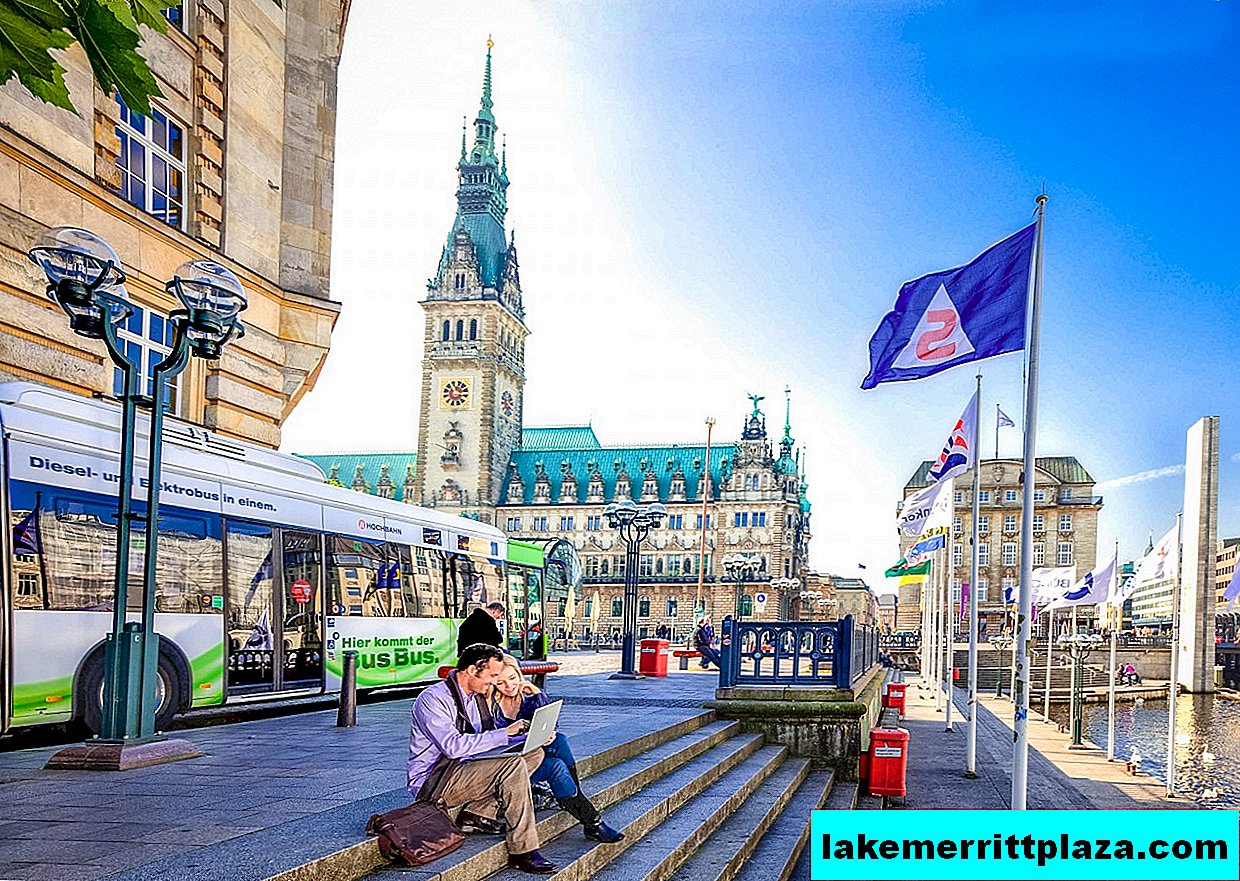The famous Pisa Piazza dei Miracoli, better known as the Square of Miracles, represents the place where the four masterpieces of medieval architecture are located - the Cathedral (Duomo of Santa Maria Assunta), the Baptistery (Battistero di San Giovanni), the Campanile, as well as Campo Santo Cemetery. The last two are so unique in terms of architecture that their construction was marked by the emergence of a new style, called the Pisan-Romanesque.
In 1987, the Square of Miracles added to its presence a list of UNESCO World Heritage Sites.

Located in the very northwestern part of the city, the Piazza dei Miracoli cathedral complex has historically been located next to the river port on the banks of the now defunct Auzer River. It is this territory that was chosen as the site of the first construction of the Square of Miracles - Cathedral of Santa Maria Assunta - because of its central location. Built in 1064, this Cathedral was designed to commemorate the greatness of Pisa in the era of the power of the Maritime Republic.
Cathedral

The author of the Cathedral project was the famous architect Busketo di Giovanni Giudice. Funds for the construction of this architectural work, served as a tribute from the Balearic Islands.
Consisting of five naves with their transept divided into three naves, the cathedral is crowned with a magnificent dome surrounded by a loggia. The facade of this famous cathedral combines sophisticated decorations made of marble (which is also present in its interior), mosaics and bronzes. Also in the decoration, both internal and external, Arabian motifs are clearly visible. For example, the interior decoration of the cathedral traces elements typical of Muslim mosques.
Baptistery

The Baptistery is the second most recent building, which enriched the Square of Miracles. It is located right in front of the Cathedral and, like the last one, is made in the style of Pisa romance. Initiated in 1152, the construction of this architectural masterpiece was completed only in the 14th century, when Gothic elements were added to the construction. Cylindrical in shape with arcades of columns in a circle, this white marble structure boasts not only its unique architecture, but also acoustics. The interior of the Baptistery can be called moderate and calm. Its main element is the octagonal font located in the center, which was created in 1246 by the architect Guido da Como Bigarelli. Two unusual domes complete this unusual design - one is oval, the other is pyramidal.
Bell tower

Another building of the Square of Miracles is the Bell Tower, better known as the Leaning Tower of Pisa, or the Leaning Tower. The Leaning Tower of Pisa is an unconditional symbol of the city, without which the image of Pisa can be considered incomplete. Due to the softness of the soil on which it was decided to erect this bell tower, as well as some errors of the architectural design, as the erection was completed, the ground beneath it began to sag, and the tower received a natural, unplanned slope - thanks to which it subsequently gained so much attention.
The tower is made in a cylindrical shape, its lower part consists of the so-called blind arcades, which subsequently go into six floors of loggias, repeating the motives of the Dome Cathedral. Inside, a spiral staircase, consisting of 294 steps, leads numerous visitors to the top of one of the most famous towers in the world, where they will enjoy stunning views of the surrounding landscapes and landscape.
Campo Santo Cemetery

Campo Santo cemetery closes the northern end of the Piazza dei Miracoli, where the architectural complex is located. This monumental cemetery, the construction of which began in 1278, is surrounded by a fence of marble, and in its center is a cloister. The bulk of the frescoes that once adorned the walls of the cemetery, unfortunately, were destroyed during a fire in 1944.
What is also interesting, the land for the creation of this now famous cemetery was transported by the Pisans from Palestine itself during the Crusade.
Museums
In addition to the architectural attractions listed above, the Square of Miracles also houses two magnificent museums: Sinopi and operas.
Travel tips
You can combine a walk along the Piazza dei Miracoli with a tour of the historic center of the city, as well as a visit to another beautiful, nearby Pisa attraction - Piazza dei Cavalieri, which houses the most prestigious educational institution in Italy - the Higher Normal School, founded by order of Napoleon Bonaparte . Its facade is intricately finished using the special technique of applying wall painting by the famous architect Giorgio Vasari.
- Recommended: how to get from Pisa airport to the city center
Ticket price and opening hours
Visits to almost all architectural “miracles” and museums located on the Piazza dei Miracoli are charged.
Cost of visit:
- 1 monument / museum: 5 euros
- 2 monuments / museums: 7 euros (instead of 10)
- 3 monuments / museums: 8 euros (instead of 15)
- 4 monuments / museums: 9 euros (instead of 20)
You can choose between the Baptistery, the Cemetery, the Sinopi Museum and the Opera.
- There is no fee for visiting the Cathedral.
- Leaning Tower of Pisa: 18 euros (price for 1 person)
Tickets for the Leaning Tower of Pisa can be purchased online on the official website (a maximum of 20 days and a minimum of 1 day before the date of visit).
Information for families:
- Entrance for children under 10 years old is free except for the Leaning Tower of Pisa
- For safety reasons, children under the age of 8 are prohibited from visiting the tower, even accompanied by adults.
- Information on the work schedule of museums and architectural sites can be found on opapisa.it.

